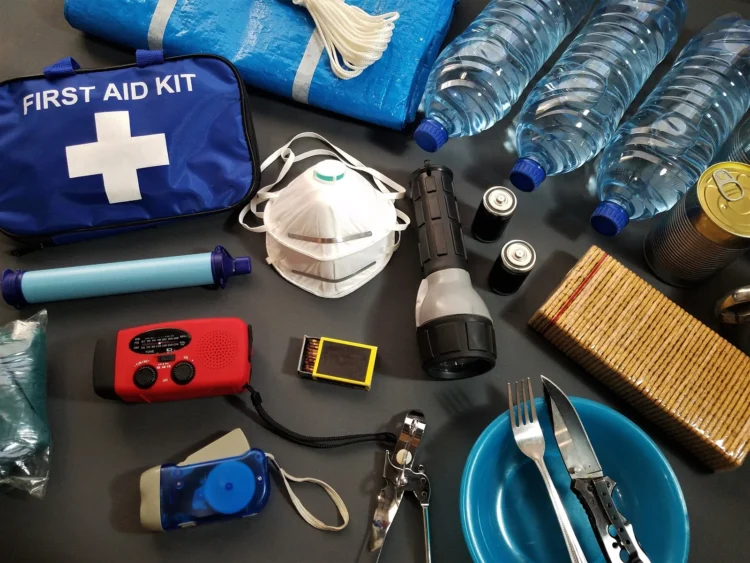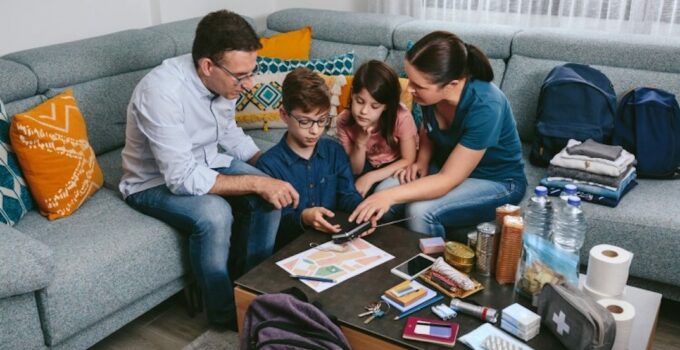From hurricanes and floods to pandemics and cyber-attacks, disasters can strike communities suddenly and ruthlessly. While preventing many catastrophes is out of our control, properly preparing for them makes all the difference when it comes to effective disaster response and recovery. The people at Brother’s Brother Foundation say that by understanding key risks and taking proactive measures before calamity hits, individuals and communities can mitigate damage and save lives.
Page Contents
Assess Your Risks

Source: treelinereview.com
The first step is objectively assessing potential risks in your local area. Natural disasters like earthquakes, tornadoes and flooding pose significant threats in certain regions, while others grapple more with winter storms or wildfires. Research patterns from past decades anticipate what might reasonably transpire in the future based on your location but be sure to consider newer risks too, like cyber-attacks that could disable technological infrastructure. Knowing predominant risks in your community allows for tailored emergency planning.
Create a Household Plan
Every family should collaboratively establish emergency protocols and communication plans. Identify responsible members to oversee safety tasks like securing the home, grabbing emergency supplies, or administering first aid. Select accessible emergency meeting spots in case separation occurs and ensure all members’ contact information and key medical needs are documented should mobilization be necessary. For households with children or elderly members, assign buddies to assist them.
Assemble Emergency Supplies

Source: judy.co
Disaster response requires some key supplies on hand, like non-perishable food, water, flashlights, battery powered radios, first aid kids, alternate cooking devices, blankets, cash, backup phone chargers, etc. Items should be stored in accessible locations around living spaces and packed in go-bags for rapid evacuation if needed. For homes in regions prone to isolation by storms like rural areas vulnerable to snowed-in winters, stockpiling several weeks’ worth of essentials proves prudent in order to shelter in place if travel becomes impossible. Rotate and replenish kit items annually.
Understand Evacuation Protocols
Certain disasters like hurricanes and chemical spills require evacuation from hazardous zones. Understand in advance the designated community shelter and evacuation route options based on different disaster scenarios. Subscribe to local emergency text alerts that provide real-time instructions should evacuation become urgent. For households with pets or livestock, plans for transporting them should be in place as most public shelters prohibit animals.
Acquire Training as Feasible

Source: publichealth.tulane.edu
Consider acquiring first aid, CPR, or emergency response training, and learn how to safely handle home electrical, gas or flooding incidents. Exercises in search and rescue, fire suppression, debris removal or other recovery efforts also restore critical services faster after catastrophe strikes. Every trained community member expands local emergency response capabilities.
Cultivating Community Resilience
Preparing for unpredictable crises not only takes household diligence but also broader community solidarity. Neighbors should communicate regularly to identify vulnerable members who may need extra assistance when disasters strike, like elderly residents or families with small children. Community centers can offer emergency readiness fairs bringing in response experts to train locals and answer questions.
Faith-based and nonprofit groups can keep rosters of volunteers willing to give time when additional relief manpower gets deployed. Schools should educate students on safety protocols for diverse emergencies that may unfold. Though preparation begins at home, a culture of care and collective responsibility elevates community grit to overcome even the most devastating trials.
Conclusion
Though tragedy can occur unpredictably, smart readiness steps empower residents to mobilize quickly and efficiently. Disaster preparation may seem daunting, but simple, gradual diligence will repay communities exponentially should the need for urgent coordination and intervention arise. Bracing proactively means civilians can complement the vital work of first responders and save more lives. Though disasters always devastate, prepared communities respond with unity, compassion, and skill – the foundations of collective resilience.





